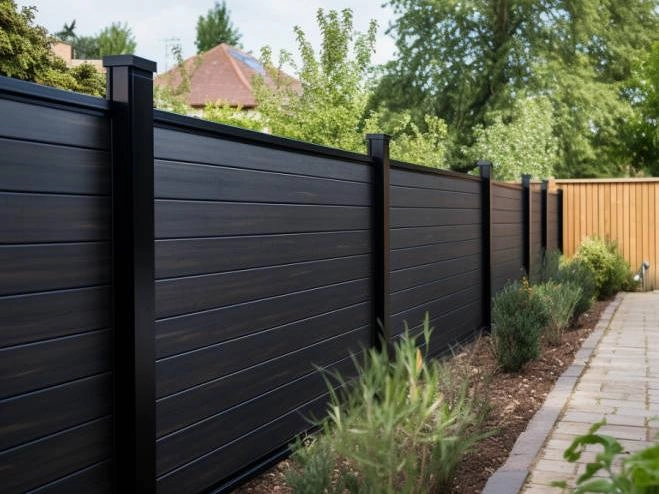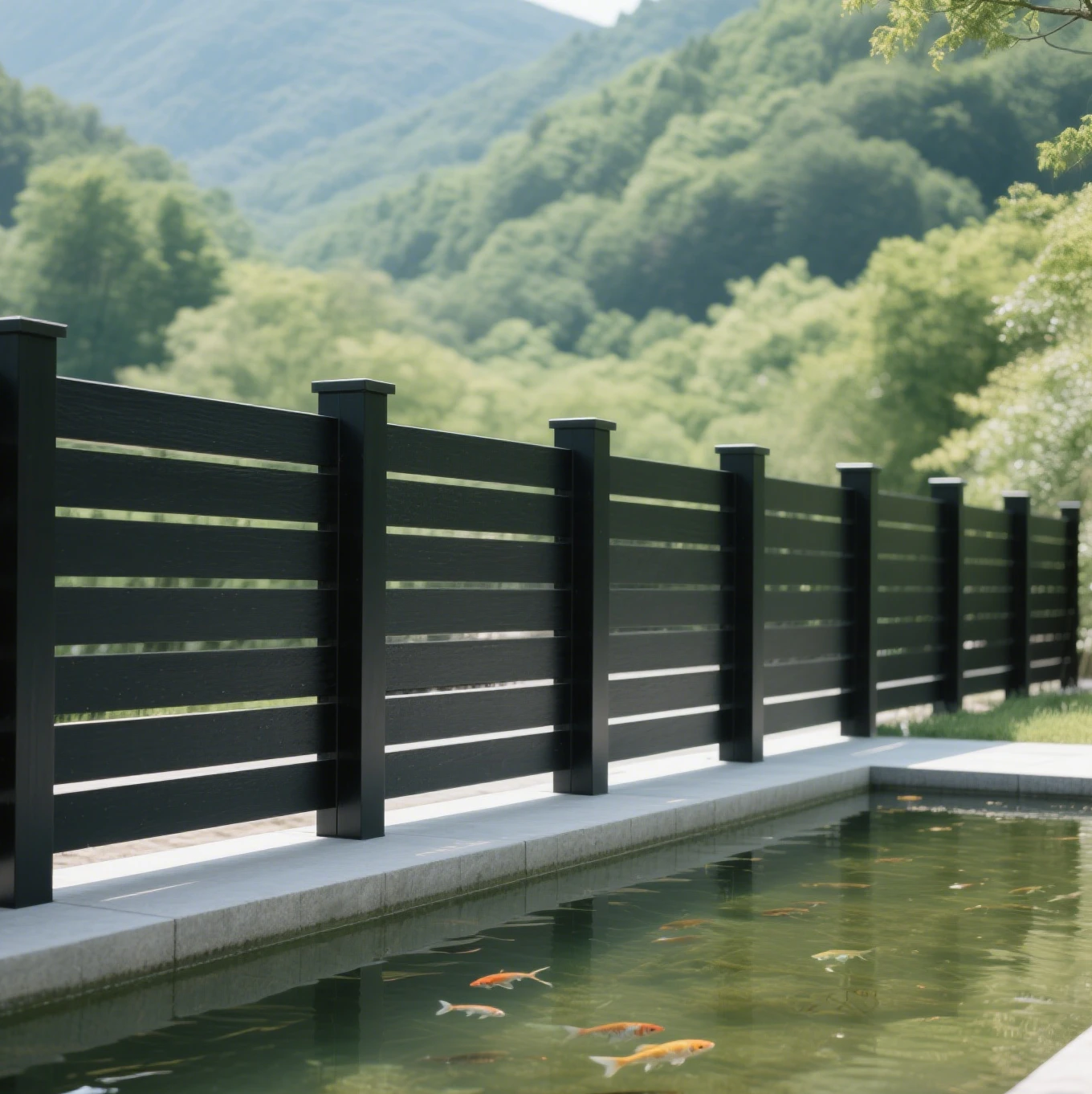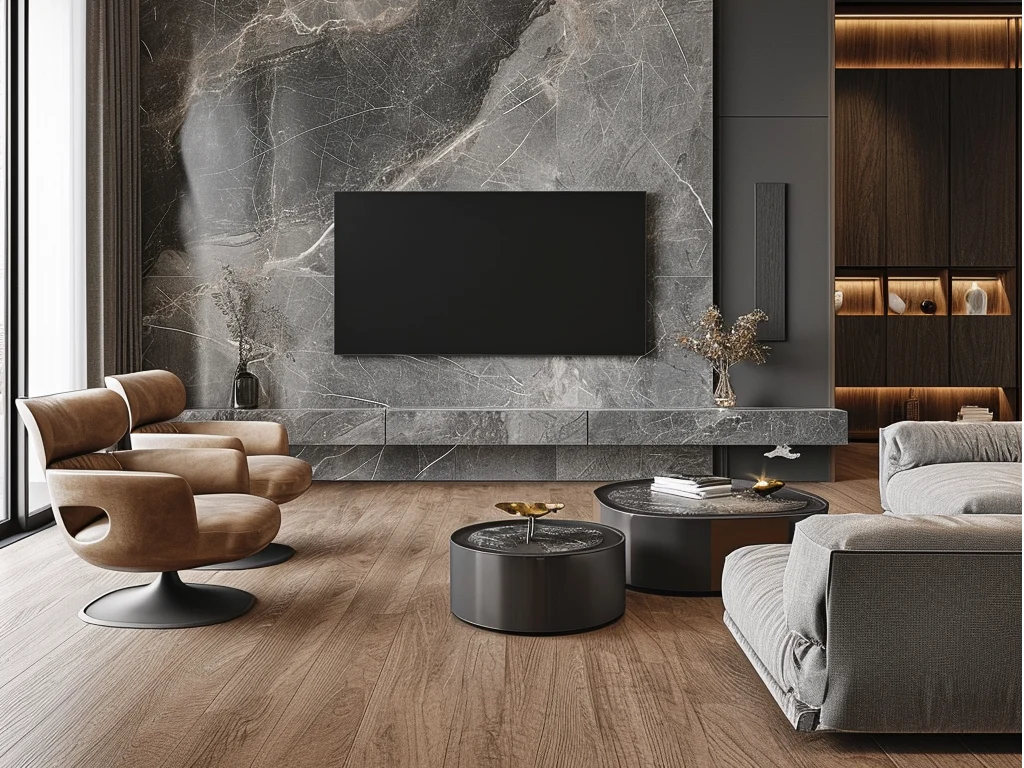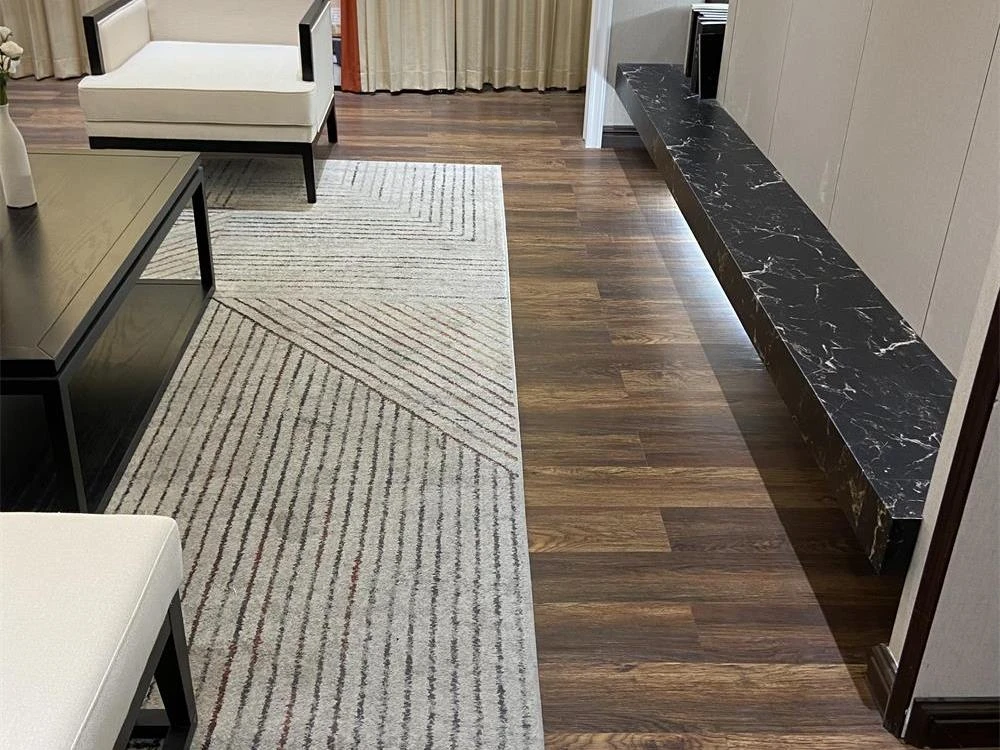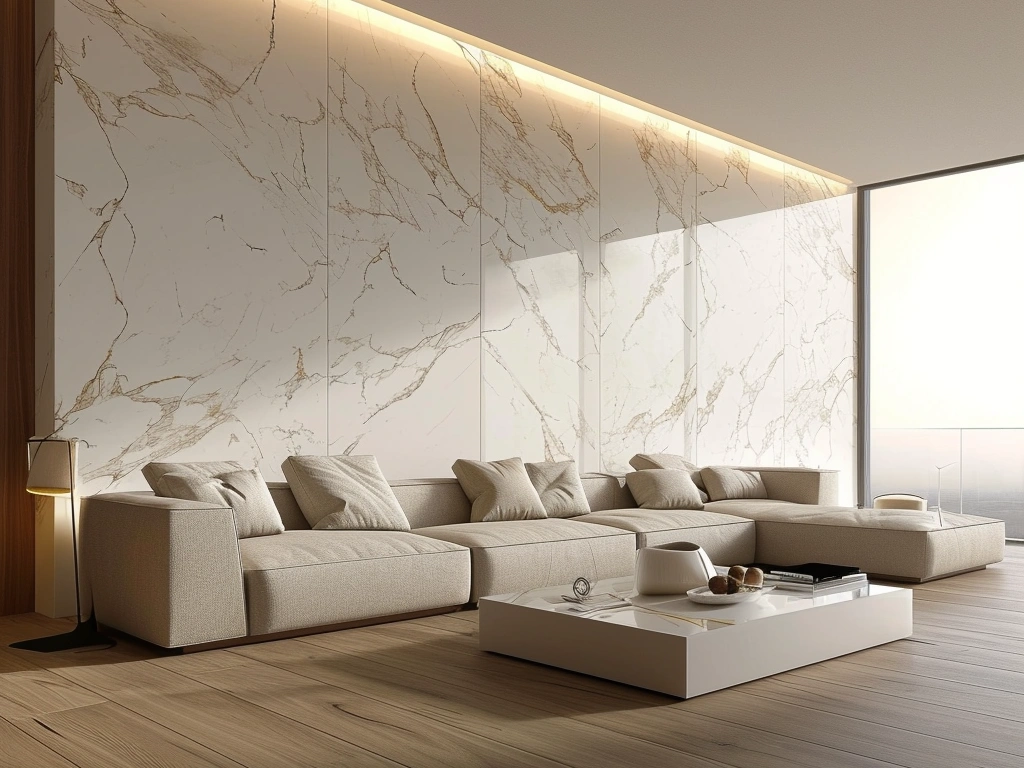Fences are like the cherry on top for your backyard. They keep things private, safe, and looking sharp. Two big players in the fence game are WPC (Wood Plastic Composite) and vinyl. Each has its own vibe, perfect for different folks and yards. Getting the lowdown on what these materials bring to the table can help you pick the right one for your place.
Why Compare WPC and Vinyl Fences?
WPC and vinyl fences are super trendy since they’re long-lasting, low-maintenance, and relatively sleek. But they’re not fraternal twins—they differ in what they’re made of, how green they are, how expensive they are, and how long they last. Vinyl is all man-made, made up of material like PVC (polyvinyl chloride). WPC, on the other hand, is a trendy mixture of wood fibers, HDPE plastic, and a few extra pieces. And that produces WPC with that warm, wood-grain look supported by the strength of plastic in its service.
People put these two head-to-head because they’re both awesome for anyone wanting a fence that lasts and looks good without a ton of work. You might be weighing them to see what matches your budget, eco-vibes, or style.
Benefits of WPC Fence
1. Durability
WPC fences are built like tanks. Their dense makeup keeps them solid, even when the weather’s throwing a fit. Regular wood fences? They can rot, twist, or get munched by termites. Not WPC. It laughs off moisture, bugs, and decay. It can handle temps from -30°C to 60°C without cracking or warping. That makes it perfect for any climate. It just keeps going with barely a scratch over time.
2. Low Maintenance
WPC is a total win for anyone who hates yard chores. Wooden fences need you to slap on paint or stain every so often to keep them looking decent. WPC? Nope. Just grab a hose, some mild soap, and give it a quick rinse. It’ll look fresh as ever. Plus, its anti-slip surface is safe and a breeze to clean. If you want a fence that lets you chill, this is it.
3. Eco-Friendly
If you’re all about saving the planet, WPC’s got your back. It’s made from recycled wood bits and HDPE plastic, so it’s not eating up new resources. When it’s done, you can recycle it 100%, keeping junk out of landfills. Going with WPC instead of plain wood or super-synthetic vinyl helps save trees. It’s a choice that feels right for folks who care about green living.
4. Cost Savings
Upfront, WPC might cost about the same as swanky stuff like vinyl or treated wood. But it’s a money-saver over time. You’re not shelling out for paint or repairs. Its toughness means you’re not replacing it every few years like other fences that wear out fast. That mix of a fair starting price and low long-term costs makes WPC a no-brainer for anyone keeping an eye on their wallet.
With its strength, easy upkeep, eco-friendly perks, and savings, WPC is a killer choice compared to vinyl for your yard.
Comparing Costs: WPC vs. Vinyl Fence
Initial Installation Costs
WPC and vinyl fences don’t cost the same to put up because of how they’re made. WPC mixes wood fibers, HDPE plastic, and some additives for that woody look with plastic’s staying power. Making it is a bit of a process—think high-temp extrusion and molding—which bumps up the price tag.
Vinyl, made from PVC, is easier to whip up. That usually makes it cheaper to start with. But the price can shift depending on stuff like the design, colors, or extras like UV protection or fancy details.
Per foot, vinyl often costs less than WPC. But hold up—think about the long game. WPC’s toughness and low upkeep can balance out that higher starting cost by saving you solutions on fixes or new fences down the road.
Long-Term Maintenance Costs
When you’re talking upkeep over years, WPC is the champ. It doesn’t need painting, staining, or sealing to stay sharp. Its weatherproof nature keeps it looking good and standing strong, even in crazy conditions. A quick wash with soap and water, and it’s good as new for years. That anti-slip surface? It’s safe and doesn’t add any hassle.
Vinyl’s also pretty low-maintenance, but you might need to scrub off dirt or mildew now and then. The catch? Vinyl can get brittle over time with super hot or cold weather or too much sun. That can mean cracks or warping, which leads to repairs or swapping out sections.
Then there’s the eco angle. WPC is totally recyclable when its time’s up, making it a green pick. Vinyl’s synthetic vibe makes it less planet-friendly and tougher to recycle.
If you want a fence that’s cheap to keep up long-term, WPC’s your guy. It lasts way longer than vinyl, which can rack up costs from weather damage.
Conclusion
Picking between WPC and vinyl fences means thinking about the upfront price and what you’ll spend on upkeep. Vinyl’s easier on your bank account at first since it’s simpler to make. But it might not last as long or be as eco-friendly as WPC from Latitude. WPC gives you that cozy wood look with plastic’s muscle, standing strong in all kinds of weather.
Its super-low upkeep makes WPC a budget-friendly pick over time. By going with a green, easy-care option like WPC, you get a yard that looks awesome, saves the planet a bit, and keeps your wallet happy.
FAQ
Q: What’s the main difference between WPC and vinyl fences?
A: WPC (Wood Plastic Composite) fences mix wood fibers with HDPE plastic and additives, giving them a woody look with plastic’s strength. Vinyl fences are made from synthetic PVC (polyvinyl chloride). WPC feels more natural, like wood, while vinyl is fully synthetic. Both are tough and low-maintenance, but they differ in eco-impact and how they hold up over time.
Q: Are WPC fences really that durable?
A: You bet! WPC fences are super sturdy. They stand up to rough weather, moisture, bugs, and decay. Unlike regular wood, they don’t rot, warp, or get eaten by termites. They can handle temps from -30°C to 60°C without cracking. This makes them great for any climate, and they last ages with barely a scratch.
Q: Do vinyl fences need more upkeep than WPC?
A: Not a ton, but yes, a bit more. Vinyl is low-maintenance but might need scrubbing to clear dirt or mildew. It can also get brittle in extreme heat, cold, or too much sun, which could mean repairs. WPC is easier—just rinse it with soap and water. No painting or staining needed, and it stays looking fresh.

